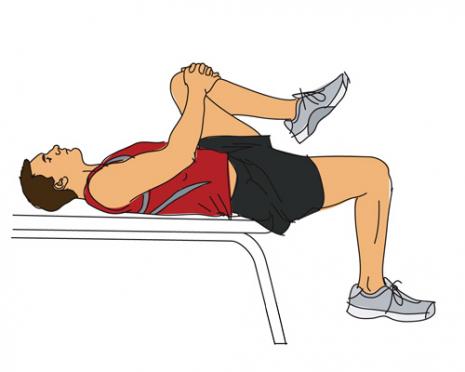Sports Management: Shoulder Girdle Injuries
Sports Management: Shoulder Girdle Injuries
We would all like to thank Dr. Richard C. Schafer, DC, PhD, FICC for his lifetime commitment to the profession. In the future we will continue to add materials from RC’s copyrighted books for your use.
This is Chapter 22 from RC’s best-selling book:
“Chiropractic Management of Sports and Recreational Injuries”
Second Edition ~ Wiliams & Wilkins
These materials are provided as a service to our profession. There is no charge for individuals to copy and file these materials. However, they cannot be sold or used in any group or commercial venture without written permission from ACAPress.
Chapter 22: Shoulder Girdle Injuries
This chapter concerns injuries of and about the scapula, clavicle, and shoulder. In sports, the shoulder girdle is a common site of minor injury and a not infrequent site of serious disability. It is second only to the knee as a chronic site of prolonged disability. Upper limb injuries amount to about 20% of sport-related injuries. They can be highly debilitating, require considerable lost field time, and can easily ruin a promising sports career.
Introduction
The versatile shoulder girdle consists of the sternoclavicular, acromioclavicular, and glenohumeral joints, and the scapulothoracic articulation. These allow, as a whole, universal mobility by way of a shallow glenoid fossa, the joint capsule, and the suspension muscles and ligaments. The shoulder, a ball-and-socket joint, is freely movable and lacks a close connection between its articular surfaces.
The regional anatomy offers little to resist violent shoulder depression, and the shoulder tip itself has little protection from trauma. The length of the arm presents a long lever with a large head within a relatively small joint. This allows a great range of motion with little stability. The stability of the shoulder is derived entirely from its surrounding soft tissues.
History and Initial Care
A careful history recording the mechanism of trauma and the position of the limb during injury, careful inspection and palpation of the entire region, muscle and range-of-motion tests, and other standard neurologic-orthopedic tests will often arrive at an accurate diagnosis without the necessity of x-ray exposure. Forceful manipulations should always be reserved for late in the examination to evaluate contraindications.
Contusions, strains, sprains, bursitis, and neurologic deficits must be alertly recognized and treated. Fractures and dislocations, obviously, take precedence over soft-tissue injuries with the exception of severe bleeding. Always check for bony crepitus, fracture line tenderness and swelling, angulation and deformity. Because the shoulder readily “freezes” after injury, treatment must strive to maintain motion as soon as possible without encouraging recurring problems. The key to avoiding prolonged disability is early recognition and early mobilization.
There are more materials like this @ our:
Posttraumatic Assessment (more…)

